Nach dem ersten Entwurf der Kommission bei der Friedenskonferenz in Paris am 2. Juni 1919 sollte Deutschwestungarn trotz der Forderungen Österreichs bei Ungarn bleiben. Entscheidend für den späteren Meinungsumschwung der Siegermächte war der Einfluss der USA. Die „American Commission to Negotiate Peace“, eine Gruppe von Experten war Teil der amerikanischen Friedensdelegation. Unter der Leitung des Historikers Archibald Cary Coolidge, begann die „Coolidge Mission“ Daten und Fakten über Deutschwestungarn zu sammeln. Ein Mitglied dieser Gruppe war der Geograph Major Lawrence Martin (1880-1955). Er erarbeitete eine gründliche Studie über die Bevölkerungs- und Wirtschaftsstruktur Deutschwestungarns. Auf Basis dieser Studie empfahl er die Grenze von 1867 nach Osten zu verschieben und das Gebiet vorläufig, bis zur Abhaltung einer Volksabstimmung, Österreich anzuschließen. Damit wurde Lawrence Martin zu einem der wichtigsten „Gründungsväter“ des Burgenlandes.
Das entscheidende Dokument im Wortlaut:
Major Lawrence Martin to Professor A. C. Coolidge, Memorandum Paris, June 19, 1919
I recommend consideration of a new boundary between Austria Hungary approximately as shown in red on the appended map.
- Your flies contain more detailed discussion of the problem, which I submitted to you on February 28 (File 122) and March 16 (File 151) and from which I abstract the following.
- The reasons for considering such a new boundary are:
(a) The area is solidly German (Heinzisch) except for small Sprachinseln of Serbo-Croats (See paragraph 4, below)(b) Its exported food products are necessary for the alimentation of Vienna (See paragraph 5)(c) The proposed new boundary is just as good from the points of view of economic and Strategie geography as the old frontier (See paragraph 6.)
- The area affected is about 22,000 Square miles, with a population between 350,000 and 400,000 persons. The 332,000 Germans there are said to earnestly desire to join Austria. Austria is anxious to take them. The Magyars would not fight to keep them. No one would be disappointed except the Magyars of the few mixed towns, as Oedenburg (Sopron).
- It is said that 35% to 42% of the imported food of Niederösterreich including Vienna, came from German West-Hungary before the war. Several hundred dealers in 50 small villages of German West-Hungary regularly supplied the Vienna market. Between 100,000 and 150,000 liters of milk came daily from this region to Vienna. Green vegetables (327,000 q), fruits (107,000 q), and 24 to 28 million eggs were also supplied.
- Part of the new boundary proposed follows wooded hillcrests, part traverses the Hanság, a swampy plain. The present boundary lies west of the ridge crest (Leitha Gebirge) at Bruck, 23 miles east of Vienna, giving the Magyars a bridgehead and tremendous advantage for a military compaign against the Austrians. No railway or canal is broken by the boundary suggested.
Lawrence Martin Major, General Staff Chief, Geog. Sect. Mil. Intelligence Div. U.S. Army (Berlin Jon D. Akten und Dokumente des Außenamtes (State Department) der USA zur Burgenland-Anschlußfrage 1919-1920. In: Burgenländische Forschungen Heft 67. S. 95)
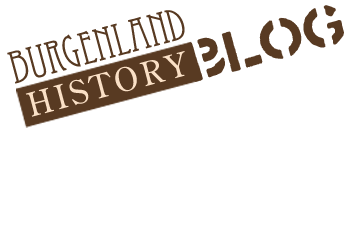
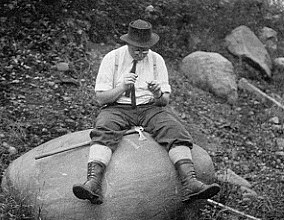
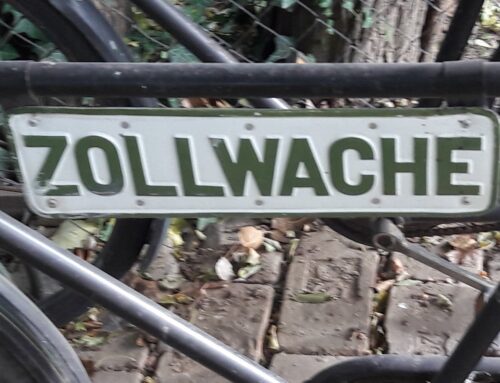

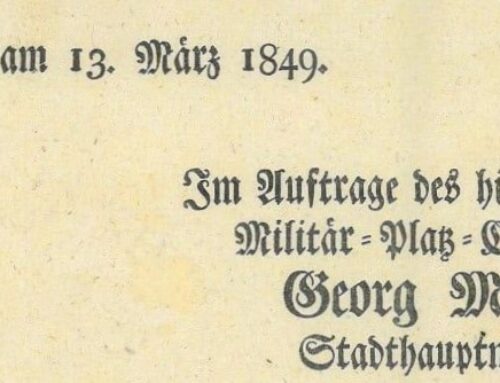
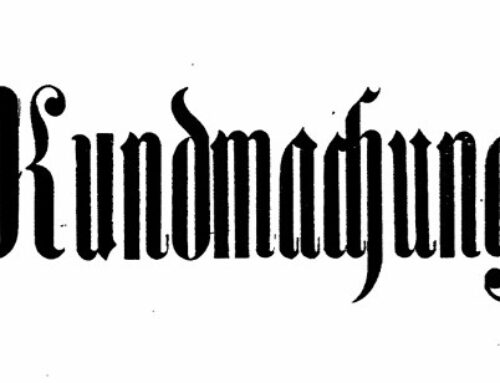
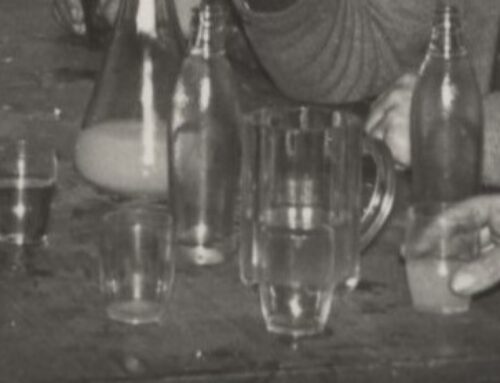
Hinterlasse einen Kommentar